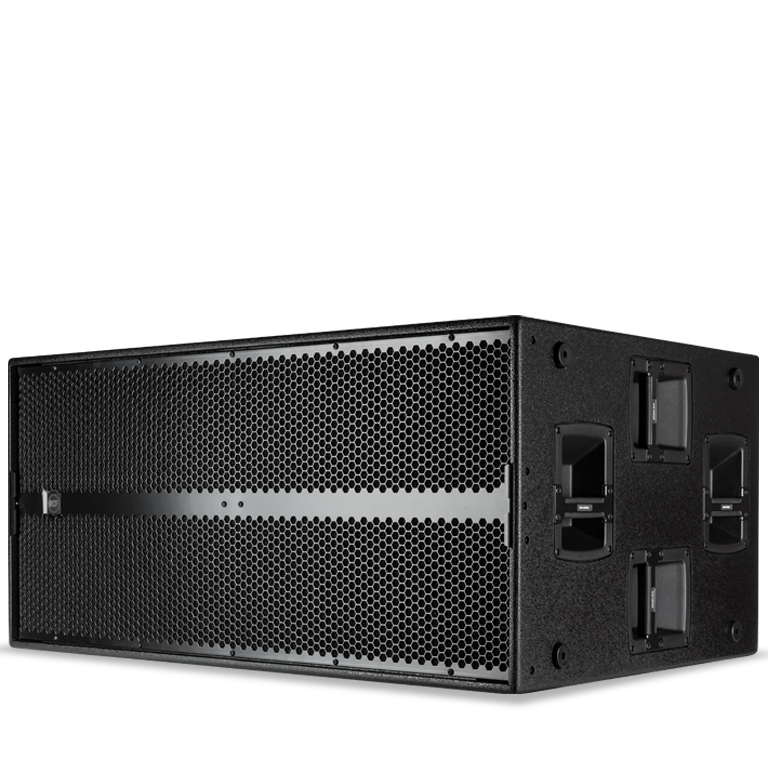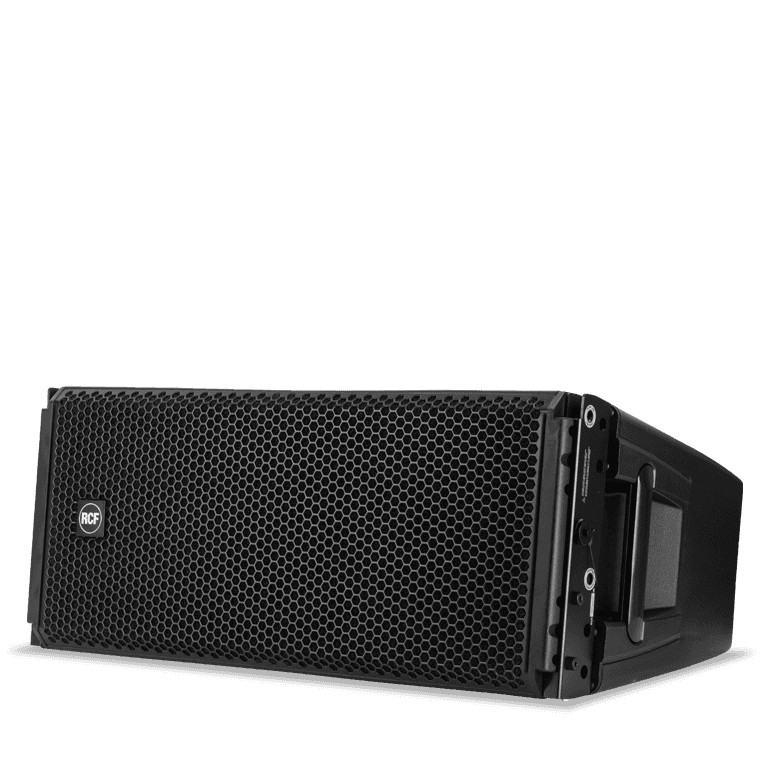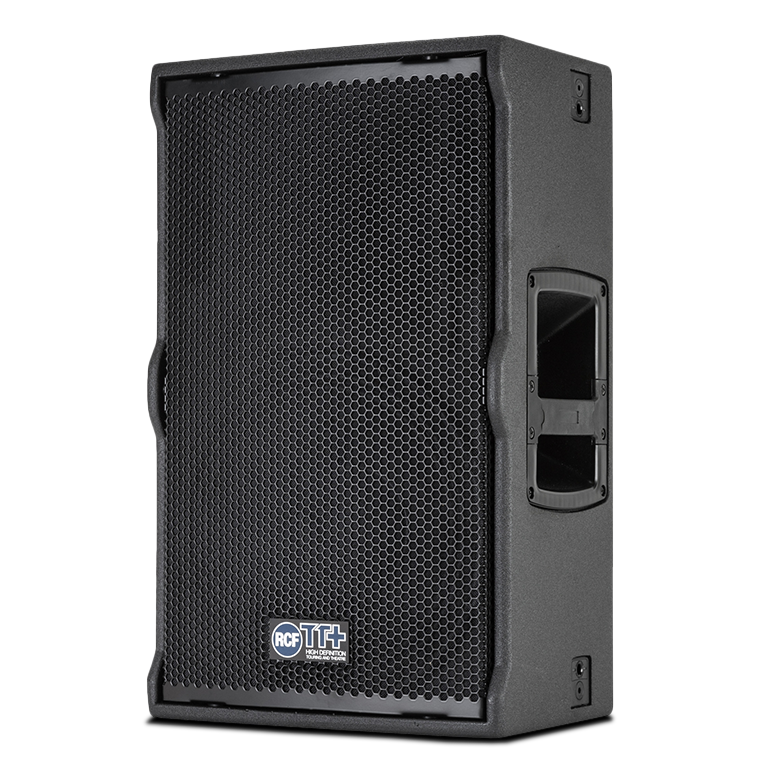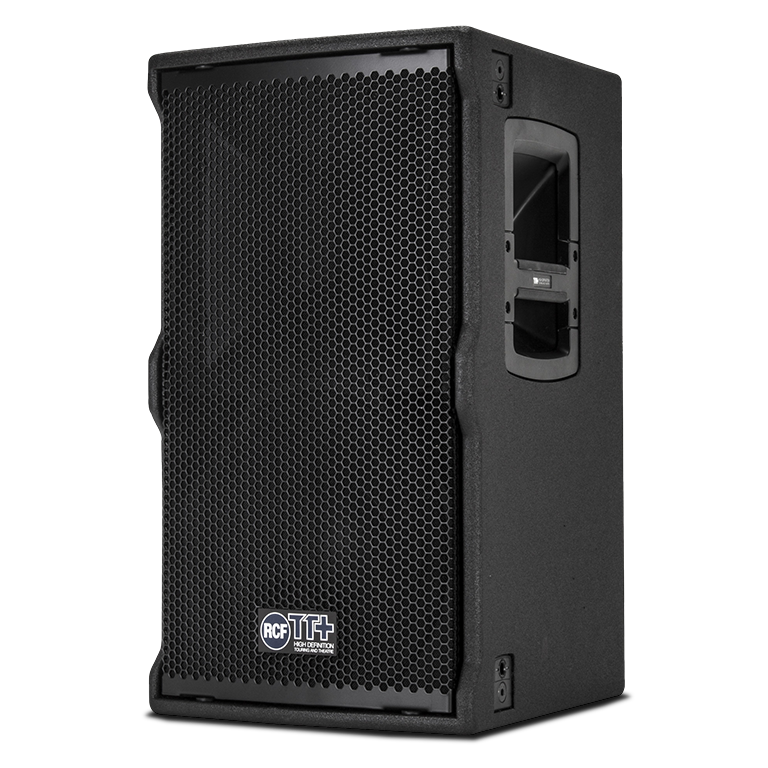Spain's Largest Outdoor Venue Rocks with RCF's TT+ system for Hertzainak's Comeback Performance
Spain's Largest Outdoor Venue Rocks with RCF's TT+ system for Hertzainak's Comeback Performance
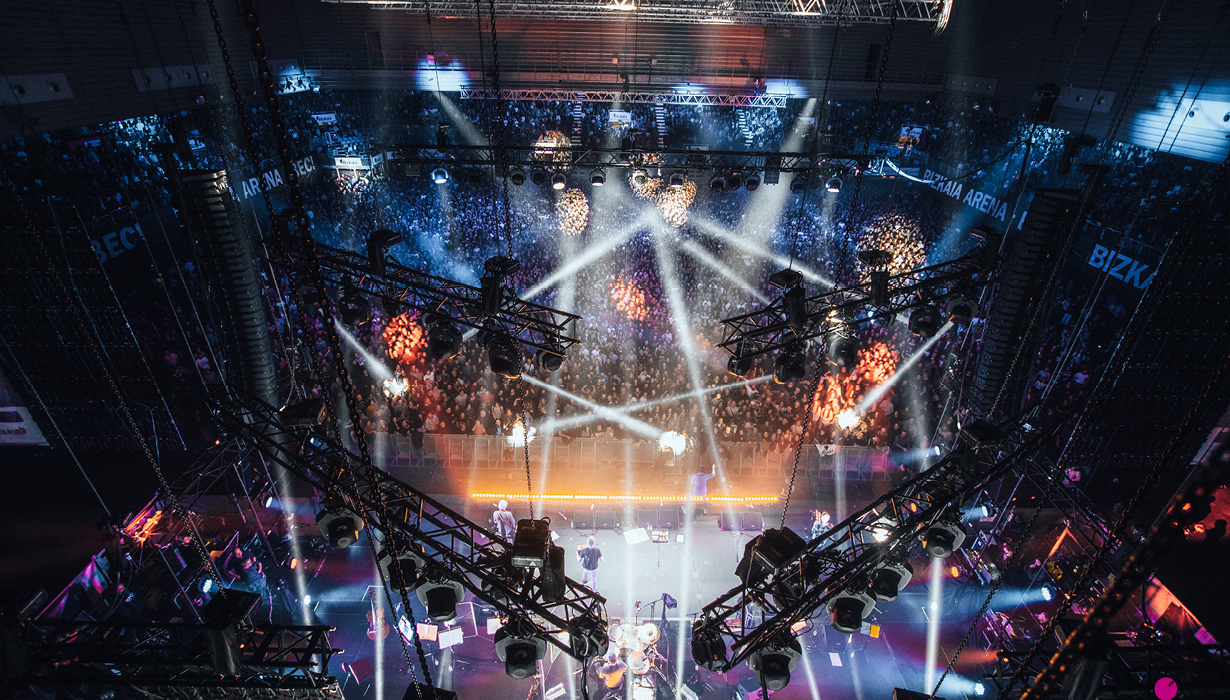
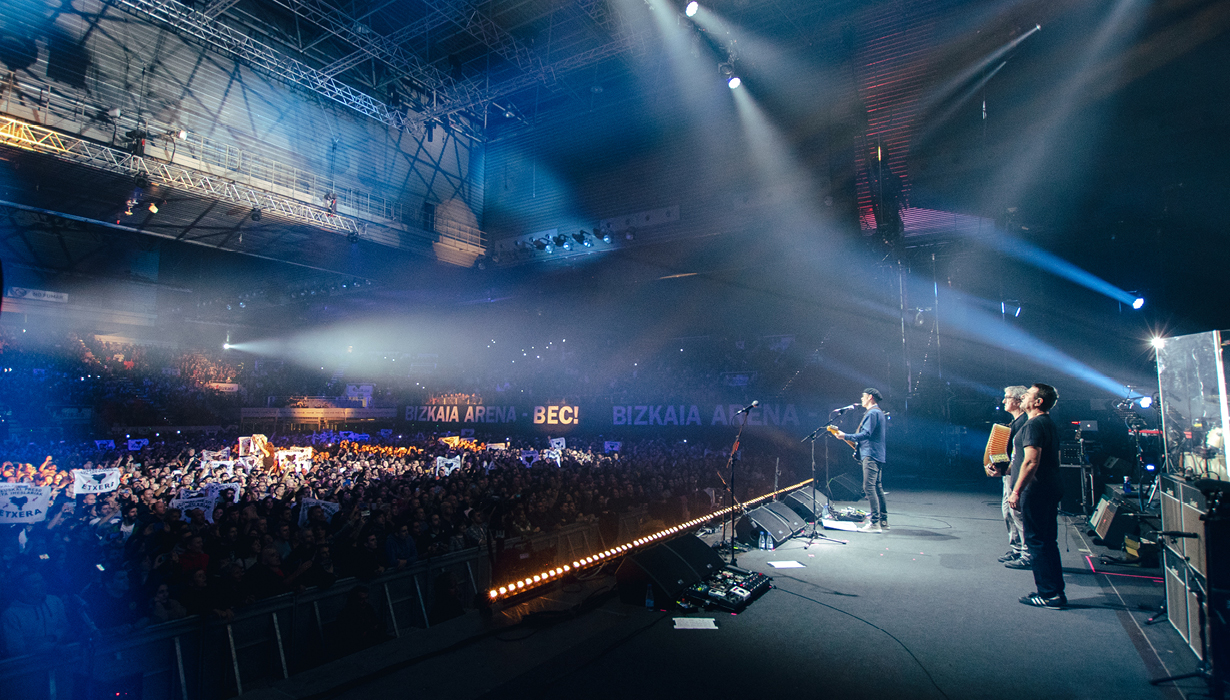


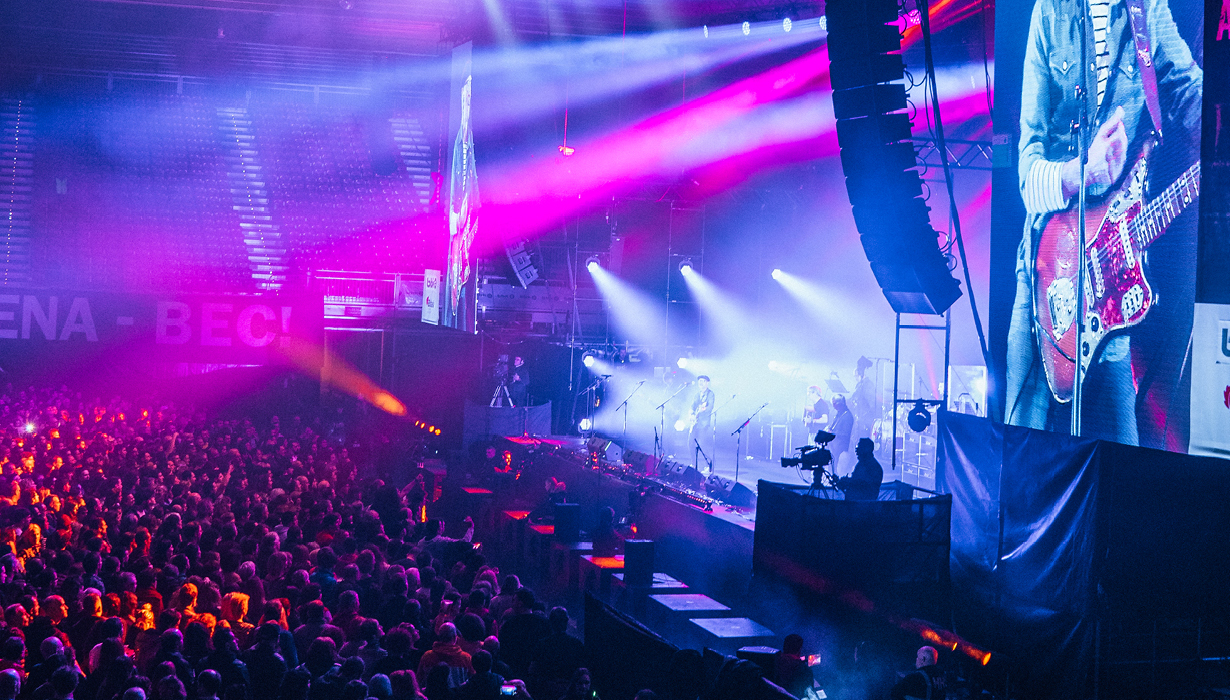
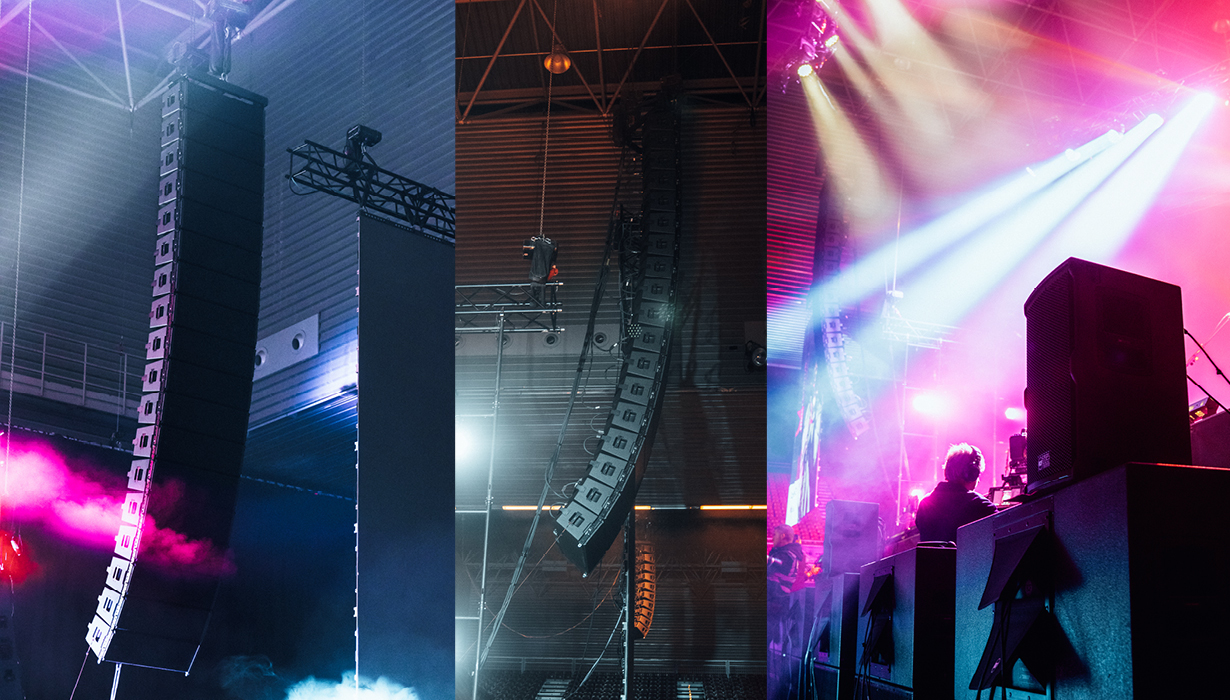
Bilbao, Spain - Hertzainak, the iconic Basque rock band, recently reunited for a highly-anticipated show at the Bizkaia Arena in December 2022. The band, known for blending the provocation of punk with the rhythms of reggae and ska, took the stage in front of a crowd of 30,000 fans for two concerts, relying on an RCF TT+ GTX 12 line-array as the arena’s main audio system.
The Bilbao Exhibition Centre is a fairground located on the land formerly occupied by the company Altos Hornos de Vizcaya, in the district of Ansio, in the Basque Country. The event was held in the Bizkaia Arena, part of the Exhibition Fair complex, regarded as one of the largest multi-purpose pavilions in Spain.
"This is a special gig with a very well-known band in the area, reunited 30 years after they split up,” said Unai Mimenza, Hertzainak’s sound engineer. “I used to listen to Hertzainak when I was a teenager, so it was also special for me. We have three concerts, with the first two nights at the BEC arena. I had never done sound here, but I did know the acoustics were not very good. A few other acts have been very critical of the sound, but I knew it could sound good if approached the right way– I’ve seen ACDC and Paul Simon here–they both sounded very good", continues Mimenza “My main concern is the acoustics of the arena. I knew I was going to have a nice console (Midas HD 96) and a great PA. I have worked with RCF systems before, but probably not in such a large and peculiar format."
The concert was engineered by Sonort, with technical production overseen by Lucio Boiardi Serri, Product Specialist & Application Engineer at RCF. Boiardi Serri traveled from Italy to the arena to ensure the smooth operation of the sound system during the event. The stage featured a main L+R and outfill, accompanied by the corresponding front fill, without delay lines. The main concert system is composed of [18+18] GTX 12 passive line array modules, while the side-fills comprise of 2 clusters of [10] HDL 30-A active line arrays each, the front-fill includes [4] TT 1-A in front of the stage, and [2] TT 22-A MK2 on the sides of the LED walls. A large quantity of TT 25-CXA are deployed as stage monitors and two clusters of two TTL 6-A columns as side fills monitors.
"The GTX is a beast," continued Mimenza, "The coverage is probably the most impressive aspect of the setup. The arena is big, so my first thought was that we were going to use delay lines. RCF suggested that no delays were used, so there was only one sound point source and that would work better acoustically. The setup of the line array and subs is impressive, and coverage is very even. Some spots in the arena are architecturally very difficult to cover because of the big beams in the ceiling that cause an acoustics shadow for some seats, but overall I am very impressed."
The RCF GTX 12 line array is still undergoing testing before its release to the market but has already been distinguished for several big events in Europe, most notably the RCF Arena concerts in 2022, delivering sound for an audience of more than 100K. Each line array module features eight RCF Precision Transducers divided in three ways: 2x12-inch neodymium woofers with 3.5-inch voice coils, 4x6-inch neodymium midranges with 2-inch voice coils, and 2x3-inch neodymium compression drivers with pure titanium dome, both attached to the proprietary 4path waveguide.
"We are working with a hybrid system because the mains are passive and all the other boxes are active,” said Boiardi Serri. “The main system is driven by 12 XPS 16K amplifiers (6 per side). One XPS 16K delivers 16000W continuous power in four outputs of 4000W each. The system is tuned, controlled, and monitored in real-time using our networking software RDNet version 4.1 (beta).” Each XPS drives 3 line array modules connected in parallel. The four output channels are two for the woofers (1 ch each woofer), one for the mid ranges, and one for the compression drivers.
"We decided to design a system oversizing the main clusters and avoiding delays.” explains Boiardi Serri. “The main system utilizes RCF FiRPHASE technology so the sum of the transducers is very consistent, and the power of the XPS 16K amplifiers reach the distance from the main and the last seats (72 meters) without any problem. Bizkaia Arena is a challenging acoustic environment because of the high RT60 (Reverberation time) and we agreed to use a unique sound source, which will be more consistent instead of having delays that would be aligned in some points and some other not. We didn't want inconsistencies and unwanted reflections which would have further deteriorated the intelligibility in a significant part of the audience."
"The main system covers from 6 meters from the stage to the last seats at 11.5 meters high at 72 meters from the main stage,” says Ricardo Carus, Sonort Technical Manager. “The outfills (HDL 30-A) cover the sides up to approximately 25 meters away from where the main GTX system takes the scene. Even the subwoofer design is a great challenge, as the venue is very large and the stage has to be as clean as possible as the type of show needs several condenser microphones for strings and brass as well as different voices. The technical team decided to work with 24 SUB 9006-AS (2x18 inch) arranged in 12 clusters made by two subs each, 1.8 meters spaced each other to fit the distance between the mains (20 meters), electronically curved thanks to the excellent dedicated function of RDNet to widen the coverage towards the side areas of the venue. The crossover point is at 60 Hz, and the subs alignment point is taken 40 meters away from the stage, about 12 meters before the FOH. This caused a slight alignment inconsistency at FOH position but ensured better distribution of low frequencies in the crossover zone for the rest of the arena” says Carus.
The subwoofer setup uses a gradient configuration with the top sub of each cluster facing the stage. "To get extra clean low frequencies on the stage, we optimized the gradient from the stage point of view, in the positions where it needed to be cleaner. Particularly in the position of the strings and vocal microphones," Lucio Boiardi Serri explains. "We achieved this result by measuring the two rows of subs individually in these positions, to obtain the same magnitude and phase response of both. Then we rotated the polarity of the row facing backwards. The result was quite a clean stage, suitable for this type of show. The average SPL (A-weighted) was approximately between 90 and 108 dBA."
"Also, the system’s raw power is remarkable,” Unai comments after the concert. “I am a sound guy who considers that many acts are too loud—I'm not a fan of volume for the sake of volume. I think that mixing a live gig is finding the right volume for the act, the place, and the audience you are working with. In this case, the arena was packed with hardcore fans who had not seen the band in 30 years, or kids who knew it was the last time they were to see the band. I had to go loud, louder than I usually like, and there was more than enough juice for it! The concert was a huge success for us–and the sound was a big part of it."
Related products
SUB 9006-AS
ACTIVE HIGH POWER SUBWOOFER
- 142 dB max SPL
- 7200 Watt Peak power - 3600 Watt RMS
- 30 Hz - 400 Hz frequency response
- 2 x 18" Woofer
HDL 30-A
ACTIVE TWO-WAY LINE ARRAY MODULE
- 2200W Two Way Amplifier
- 137 dB Max SPL
- Exclusive FiRPHASE technology on-board
- RDNet Control and Management
TT 22-A II
ACTIVE HIGH OUTPUT TWO-WAY SPEAKER
- 1100 W Class D Amplifier
- 12" neo woofer, 3.5" mm voice coil
- 1.5 " neo c. driver, 3.0" mm voice coil
- Onboard RDNet Control
TT 1-A II
ACTIVE TWO-WAY SPEAKER
- 131 dB max SPL
- 800 W Class-D two-channel amplifier
- 90° x 60° constant directivity coverage
- FiRPHASE for 0° phase response
